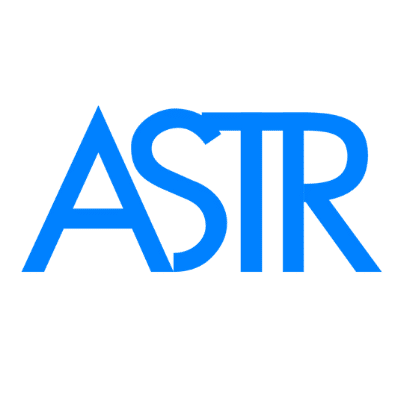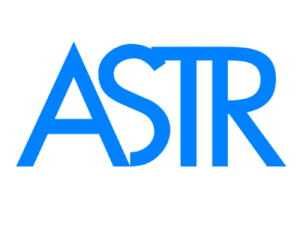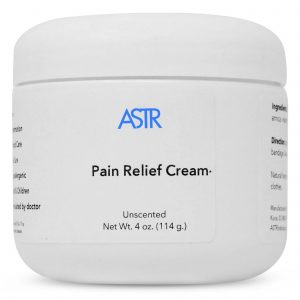Strain-Counterstrain (SCS): Definition, Uses, Treatment & Research Studies
Strain-Counterstrain (SCS): Definition, Uses, Treatment & Research Studies
What Is Strain-Counterstrain (SCS)?
Strain-Counterstrain (SCS), also called positional release technique (PRT) was originally developed in 1955 by osteopathic physician, Lawrence Jones. This technique is known for being gentle and its non-traumatic approach to treating a patient in pain. Strain counterstrain (SCS) is a procedure that utilizes passive positioning to alleviate tender point palpation pain and related dysfunction.50
Who uses Strain-Counterstrain Technique?
Clinicians who use positional release technique include osteopathic physicians, physical therapist, occupational therapists and chiropractors. They will be able to access the entire body for areas of pain and dysfunction. Positional release technique is a form of manual therapy, and the clinician uses only their hands to treat muscle and joint pain dysfunction. Patients also guide the clinician’s movement, which enhances the therapeutic benefit of this treatment.
What is Strain-Counterstrain Technique used for?
Strain-Counterstrain treat a variety of sports injuries and other pain conditions, such as chronic or acute muscle spasms. Positional release claims to focus on the muscle spindle to help promote a normal firing of the muscle.
How is Strain-Counterstrain Technique Performed?
Strain-Counterstrain technique utilizes passive body positioning of muscle spasms and dysfunctional joints toward positions of comfort that compress or shorten the offending structure. The movement toward shortening is proposed to relax aberrant reflexes that produce the muscle spasm.
After treatment:
With Strain-Counterstrain treatment, joints influenced by the now-relaxed muscle function optimally, increasing the joint’s range of motion and easing muscle pain.
Strain-Counterstrain (SCS) Research Study
The systematic review by Wong et al included randomized control trials looking at tender point palpation pain after disconnected strain counterstrain treatment contrasted with control conditions evaluated with a visual analog scale.50 The systematic review and meta analysis discovered low quality evidence recommending that strain counterstrain may lessen tender point palpation pain. Future investigations with bigger samples of better quality examinations with patient populations that evaluate long-term pain, impedance, and dysfunction results could advance the literature.50 In light of this study review, there was no proof that SCS has impact in treating tender point pain in the long-term and more investigations are expected to assess what impact it has on tender point palpation point and patient function activities.
Effective Pain Relief Home Treatment

- Fast results
- Treatment takes about 5 min a day
- Easy to use medical tools
- Natural holistic approach
- Treat the root cause of the problem
- Invented by a doctor who had chronic pain
- Supported by over 45 studies
ASTR Exceptionally Different
Reviews collected from various websites
Heal Faster




